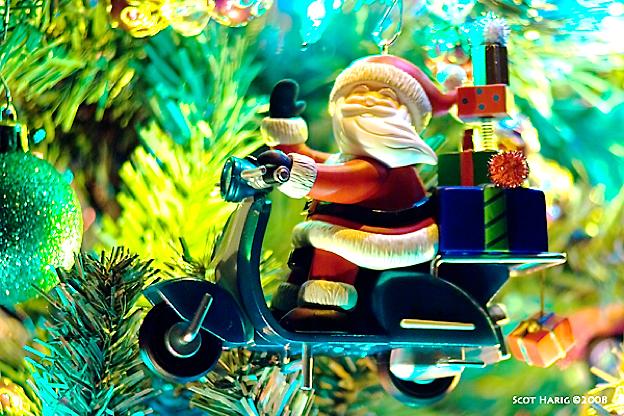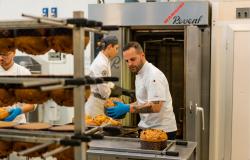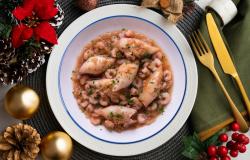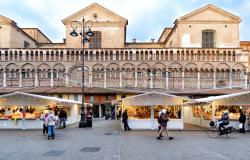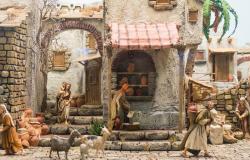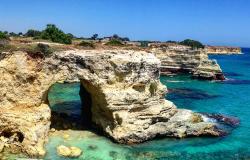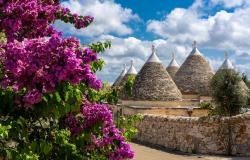When I was little, I remember sitting on my Granddad’s knee on a bitterly cold Christmas Eve, listening to his tale of reindeer, little helpers, extravagant gifts, as the flakes of snow covered the ground outside the window. Several decades later, standing on the quiet courtyard outside the Basilica di San Nicola with the sun beating down on the back of my neck, I find myself struggling to recall any mention of Bari in my Granddad’s uplifting Christmas story.

And yet it is here, from this bustling southern Italian seaport, that the legend of Father Christmas derives. There is no sign of reindeer or oversized red suits, and the closest you’ll get to little helpers is a group of eager pigeons that scuttle around a large statue of the man himself, in the furthest corner of the courtyard. Nonetheless, Bari is home to the bones and relics of St. Nicholas – AKA Santa Claus, Babbo Natale, Father Christmas, and countless other names, depending on where you call home. But if southern Italy seems a strange place to hold the key to the Father Christmas legend, then unlocking the story behind it reveals a bizarre chain of events, which were certainly not in keeping with the Christmas spirit of peace and goodwill to all men. Rather, it’s a tale of trickery, theft, and exploitation.
Grave consequences
St. Nicholas, as legend has it, died on the 6th September in the middle of the 4th century, and was buried in his own churchyard in Myra, Turkey. His reputation for being a warm-hearted and generous soul, however, created a following that would far outlive his own lifetime and spawned the legend that Santa Claus has become today.

For several centuries following his death, his tomb became a popular destination for pilgrims, until the people of Bari decided that their city, not Myra, should enjoy pilgrimage status. In 1087, Italian merchants ransacked his tomb, and brought the relics back home to Bari, where they have remained ever since.
Once in mainland Europe, news of St. Nicholas’ good deeds throughout his life spread faster than before. He became the patron saint of Russia, Greece, countless cities, and of children, sailors and pawnbrokers. The name Santa Claus evolved from the Dutch word Sinterklass, a variant of St. Nicholas. This was quickly adopted by the English-speaking world as his reputation for kindness and generosity, particularly to children, spread throughout the globe.
The Turks have since asked for the relics to be returned, although no reply has been forthcoming, and nor is it likely. San Nicola di Bari is now firmly embedded in Puglia's tradition.
Bari's ‘Babbo’
On arrival in Bari, the relics were housed in a small chapel, but Pope Urban II ordered the construction of a huge cathedral in its stead, and the Basilica, where the bones are now found, was finished in 1105 and stands in the old town, ten minutes’ walk away from the car horns and organised chaos that permeate Bari’s gridlocked streets.

Unlike many of Italy’s important cathedrals such as the Duomo in Milan, the Basilica has a calmness to it, not normally associated with important tourist attractions, especially in a city of Bari’s size. It is well hidden for a start – its huge whitewashed features visible only at the last minute as you take the long turn off from the old port. On a crisp, sunny mid-morning in October, few visitors are around, save for a few middle-aged couples and those scavenging pigeons who disrespectfully peck away at the shoulders of St. Nicholas’ statue.
Under the large archway across the courtyard at the Cafè di San Nicola, the talk is of the local football team’s latest woes, rather than sleigh bells, although small children run freely through the Santa’s Grotto of narrow streets that snake around the back. The serenity and history is Italy at its best – even if it is a far cry from the Santa story my Granddad told me all those years ago.
Words by Richard de Melim / Header photo by Scot Harig
